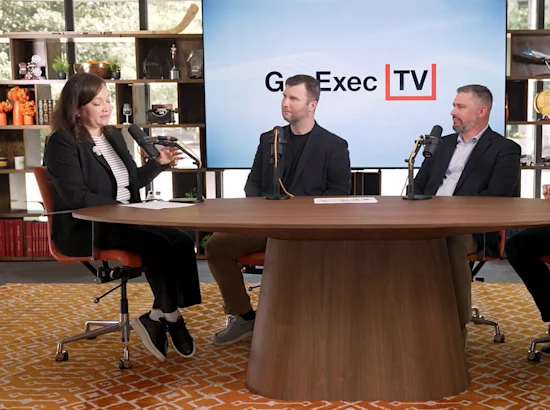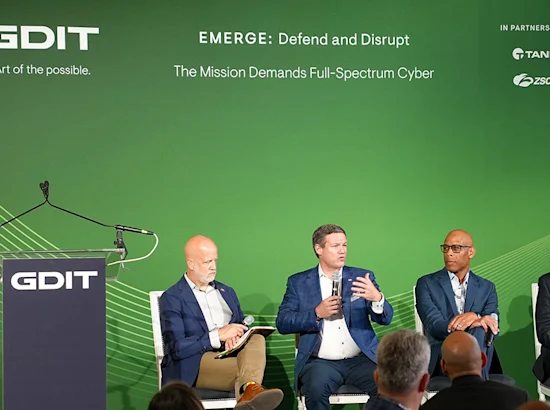As is becoming more and more widely known, Zero Trust is a security approach that assumes least-privileged access and requires all users, whether they are inside or outside an organization’s network, to be continuously validated in order to access applications and data. It assumes that bad actors will eventually get onto a network – or, that they’re already there.
Unlike other value calculations, proving the return on investment with Zero Trust doesn’t require future casts or complex computations within agencies. A lot of that work has been done by the private sector and is well established.
In fact, a Forrester study, commissioned by Microsoft in December of 2021, found that organizations save an average of $20 per employee, per month by moving to Zero Trust and eliminating redundant security solutions. Imagine that impact spread across the whole of the Federal government. It would exceed half a billion dollars every year. And that’s just one savings aspect classified in the report.
Beyond cost savings, the benefits of Zero Trust for agencies are ones that can be seen in real-time, on a day-to-day basis.
Here are seven examples of those benefits and how they come to fruition inside an agency.
1. Added Flexibility
Millions of Americans worked from home for the majority of 2020 and 2021. Some still are doing it. The Federal government is no exception. Prior to Zero Trust, supporting this massive shift to remote working would have required independent solutioning and security protocols on a one-off basis for staff working outside the perimeter. Zero Trust assumes the same security challenges for everyone and, therefore, the same benefits. When Zero Trust becomes the security approach, agencies save time and money. Plus, enabling Zero Trust makes resources and applications available everywhere – not just on core systems – promoting application security to employees in the field while also driving productivity. A win-win.
2. Fewer Products
When it comes to security products, Zero Trust drives streamlined packaging and licensing with federal agencies. It prevents agent-creep because you can scale a single agent back and instead implement it as an endpoint – meaning, for example, agencies don’t need three security environments. They can get all of it as a cloud-hosted solution and a single point of failure. In practice, Zero Trust complements security clients throughout the architecture.
3. Better Visibility
In cybersecurity, and elsewhere, there’s a well-known axiom that “you don’t know what you don’t know.” Zero Trust, because it’s built on transparency and access permissions at every layer, maximizes what we do know. We know where devices and are and who’s on them and what they’re doing. That visibility is valuable and can prevent untold levels of risk.
4. Faster Data Collection
In the event of a breach, Zero Trust enables cybersecurity teams to collect and use data faster, so that they can minimize the impact of a breach. In a Zero Trust model with network segmentation, one incident doesn’t take down adjacent systems and services , and teams can limit the spread of an attack and reduce both damages and costs.
5. Increased Compliance
Compliance with new and evolving standards is always a challenge – as is implementing and documenting how an agency is compliant. Zero Trust builds accountability around how security procedures are working and, additionally, provides a playbook for how to respond in the event of a breach.
6. Improved Agility
With Zero Trust, it’s cheaper to implement new products and applications because teams have already designed for the security architecture and infrastructure approach. In this model, experimentation and doing new things on a network is cheaper because a security plan is established and in place and teams can more quickly move on to other elements of a new implementation.
7. Greater Resiliency
Finally, Zero Trust benefits agencies in that it makes them more resilient. As ransomware events become more common, more sophisticated and less expensive to execute, agencies have moved to immutable back-ups that can’t be edited or damaged. This makes incident response a faster and more trusted process when minutes matter.
It’s clear that there are many benefits for agencies in moving to Zero Trust – benefits that will enable them to deliver on their missions more efficiently and more effectively at the same time.






